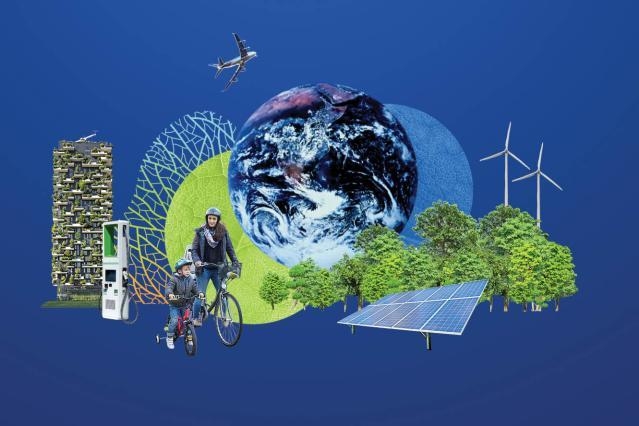In the European Parliament we have approved the first package of legislative measures of the Fit For 55 programme. With this programme, the EU proposes a series of concrete measures to achieve a 55% reduction in net greenhouse gas emissions by 2030 compared to 1990, with the ultimate goal of achieving zero net emissions by 2050, making Europe the first climate-neutral continent. The aim is also to make this transition in a socially just way.
Six legislative instruments have been adopted by the European Parliament for further negotiation with the European Commission and the European Council:
- The extension of the Emissions Trading System to the maritime and aviation sector in the purchase and sale of emissions.
- The renewal of the Effort Sharing Regulation which sets specific targets for each Member State for greenhouse gas reductions in buildings, domestic road and maritime transport, agriculture, waste and small industries.
- New car standards that will boost the electrification of the sector.
- New land use targets for more natural CO2 absorption capacity.
- A Border Carbon Adjustment Mechanism to incentivise decarbonisation of international producers of carbon-intensive raw materials.
- A Social Climate Fund to help the most vulnerable groups cope with the energy transition.
It is clear that the green transition will have a cost for people and territories. The Commission itself has estimated, in its impact assessment of the Fit for 55 package, that households will spend between 0.7 and 0.8 percentage points more on their energy bills. Moreover, those on lower incomes, who already spend a higher than average share on energy, would be most affected by the inclusion of road transport and households in the new Emissions Trading Regulation.
This is why this Social Climate Fund is needed to help the most vulnerable groups to cope with the energy transition. This will be done both through temporary income support and through measures and investments to reduce dependence on fossil fuels, including energy efficiency in buildings, decarbonisation of heating and cooling or facilitating access to more sustainable forms of mobility.
The green transition is already underway. We need to radically change the way we generate energy, produce and consume goods and services and interact with nature. We must make the most of renewable energy sources in each territory and reinvent value chains, improving water management, adapting infrastructures and housing (putting social housing first) and boosting green taxation.
But this green transition must be accompanied by a strong social component so that no person or territory is left behind.

